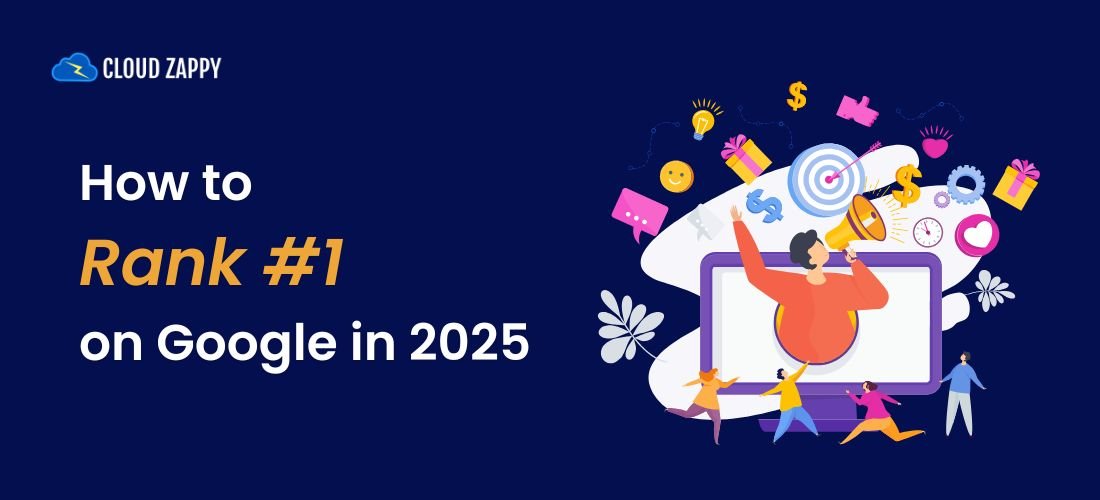Artificial Intelligence (AI) is one of the most transformative technologies of the 21st century, reshaping industries, automating tasks, and influencing daily life. From self-driving cars to chatbots and virtual assistants, AI is rapidly becoming an integral part of modern society. But what exactly is AI, and how does it work? This article provides a comprehensive guide to artificial intelligence, its types, applications, benefits, and challenges.
Understanding Artificial Intelligence
Artificial Intelligence refers to the simulation of human intelligence in machines. It enables computers to perform tasks that typically require human cognitive functions such as learning, reasoning, problem-solving, and decision-making. AI systems use algorithms and vast amounts of data to recognize patterns, make predictions, and improve their performance over time.
The foundation of AI lies in various disciplines, including mathematics, computer science, and neuroscience. AI can be categorized into different types based on its capabilities and functions.
Types of AI
AI can be classified into three main types based on its level of intelligence:
- Narrow AI (Weak AI): Narrow AI is designed for specific tasks and is the most common form of AI in use today. Examples include voice assistants like Siri and Alexa, recommendation algorithms on Netflix and Amazon, and fraud detection systems in banking. These AI systems excel in their designated tasks but cannot generalize their intelligence to other domains.
- General AI (Strong AI): General AI refers to machines with human-like cognitive abilities, capable of understanding, learning, and applying knowledge across various fields. This level of AI remains theoretical and is the subject of ongoing research and development. If achieved, General AI would enable machines to perform any intellectual task that a human can.
- Super AI: Super AI is a hypothetical form of artificial intelligence that surpasses human intelligence. It would be capable of independent thought, creativity, and self-improvement at an exponential rate. While it is a topic of debate among AI researchers and ethicists, the concept of Super AI raises concerns about potential risks and ethical dilemmas.
Key Components of AI
Several core technologies power AI systems, including:
- Machine Learning (ML): A subset of AI that enables machines to learn from data and improve their performance over time without explicit programming.
- Deep Learning: A specialized form of ML that mimics the human brain’s neural networks to process complex data and make accurate predictions.
- Natural Language Processing (NLP): AI’s ability to understand, interpret, and generate human language. Examples include chatbots and translation tools.
- Computer Vision: The capability of AI to analyze and interpret visual data from images and videos.
- Robotics: The integration of AI into physical machines, enabling them to perform tasks autonomously.
Applications of AI
AI is revolutionizing numerous industries and improving efficiency, accuracy, and decision-making. Some of the most notable applications include:
- Healthcare: AI assists in diagnosing diseases, developing personalized treatment plans, and predicting outbreaks. AI-powered robots also aid in surgeries and patient care.
- Finance: AI is widely used in fraud detection, risk assessment, algorithmic trading, and customer service chatbots.
- Education: AI-driven platforms provide personalized learning experiences, automated grading, and virtual tutoring.
- E-commerce: AI enhances online shopping through recommendation systems, customer support chatbots, and inventory management.
- Transportation: AI powers autonomous vehicles, traffic management systems, and logistics optimization.
- Entertainment: AI is used in content recommendation engines, video game design, and film production.
- Manufacturing: AI-powered robots and automation systems improve productivity, quality control, and supply chain management.
Benefits of AI
The advantages of AI are numerous, including:
- Automation: AI automates repetitive tasks, reducing human workload and increasing efficiency.
- Accuracy and Precision: AI minimizes human errors in data analysis, medical diagnoses, and financial predictions.
- Cost Reduction: AI-powered automation reduces operational costs and improves productivity.
- Personalization: AI enables customized user experiences in healthcare, marketing, and entertainment.
- Enhanced Decision-Making: AI analyzes vast datasets to provide actionable insights and informed decision-making.
Challenges and Concerns of AI
Despite its benefits, AI presents several challenges and risks:
- Bias and Fairness: AI models can inherit biases from training data, leading to unfair outcomes in hiring, lending, and law enforcement.
- Job Displacement: Automation threatens jobs in sectors such as manufacturing, customer service, and transportation.
- Privacy and Security: AI-driven surveillance and data collection raise concerns about personal privacy and cybersecurity threats.
- Ethical Dilemmas: AI’s decision-making in critical areas like healthcare and warfare poses ethical questions.
- Dependence on Data: AI performance depends on high-quality data, and biased or incomplete data can affect outcomes.
The Future of AI
AI continues to evolve, with advancements in deep learning, quantum computing, and robotics shaping the future. Researchers are working on making AI more ethical, transparent, and human-centric. Governments and organizations are also focusing on regulations and guidelines to ensure responsible AI development and deployment.
Conclusion
Artificial Intelligence is a groundbreaking technology with the potential to revolutionize every aspect of life. While it offers immense benefits, addressing its ethical and societal implications is crucial. As AI continues to progress, it is essential to harness its power responsibly and ensure it serves humanity positively. The future of AI is promising, and its impact will only grow in the coming years.




